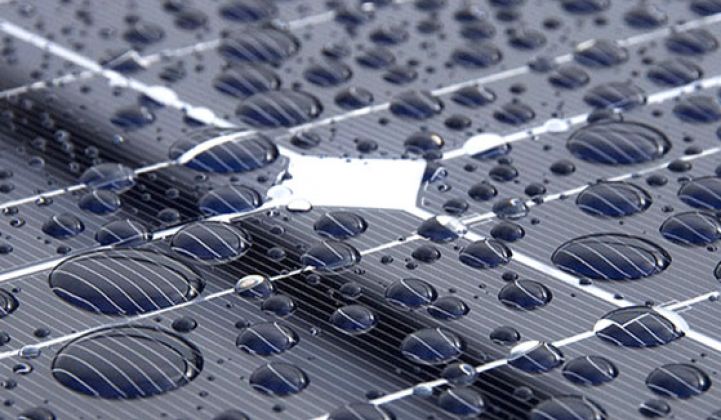For some time now, there have been folks making the argument that personal unsecured loans will radically displace the solar-as-a-service industry. I have seen charts and graphs from respectable sources that are incorrect at best and perhaps even misleading in the data they marshal to make this point. So let's take a look at what exactly makes up solar service in terms of a single-customer analysis.
A solar service agreement (SSA), whether it is a lease, power purchase agreement (PPA), or a levelized PPA, is an agreement with an independent power company to provide power that typically is cheaper than what the local centralized utility can provide. In its simplest form, the SSA can be broken down using the following equation:
SSA = Equipment Loan + ITC/Depreciation + O&M Service Agreement
Most people commit three major errors when making the case that unsecured loans make more financial sense than a solar service agreement. The first error is to assume that the upfront investment in loan fees and possible down payments are somehow "free from interest or cost." This is incorrect, as no one, not even the federal government, can get or use money without paying some interest. The second error is to assume that many people can take the entire ITC in year one. With the mortgage interest tax deduction that everyone receives, it may surprise many people that a year-one assumption is often incorrect. Lastly, and the biggest error by far, is to assume that there will be no monitoring costs and no operation and maintenance costs, that is, assuming nothing will go wrong over the twenty- to 30-year life of the system.
After factoring in all loan fees into the effective cost of capital for personal, unsecured loans, it is roughly equal to the cost of capital charged by solar service companies. In some cases, the cost of capital for an unsecured loan is actually more expensive than the cost of capital imbedded into a solar service agreement. The one potential benefit for unsecured loans is that the frictional cost of monetizing the ITC can be lower than the cost to monetize the ITC in solar service agreements. Frictional cost is measured not only in terms of the cost of capital, but also includes the impact the monetization of the ITC has upon customer and installer operations. Therefore, the unsecured loan does have the potential to be superior because there is less frictional cost to monetize the ITC than there is with a solar service agreement. However, once the ITC drops from 30 percent to 10 percent and solar service firms continue to scale, that potential advantage will be wiped out.
The presence of an operation and maintenance service agreement highlights the essential difference between a solar service agreement and an unsecured loan. The solar system operation and maintenance expenses with an unsecured loan often represent a big gap in the homeowner return or savings calculation. This protection for the consumer must come from a well-capitalized company in order to represent true value. In fact, this issue is currently being corrected in the marketplace.
To omit the need for and cost of maintenance and operational support from any analysis, comparing a solar service agreement and an unsecured loan is risky and deceptive. As mentioned, the marketplace now demands that all securitizations of unsecured loans will require such agreements to be in place, and again, to be administered and funded by well-capitalized companies. Most solar service installations protect the customer from unscrupulous contractors and the bad installations that do occasionally occur. The same is not true when a homeowner purchases the solar system as a product, whether with borrowed money or cash. Furthermore, when it comes to selling a home, getting the buyer to pay off a solar loan is going to be a tall order, but transferring a solar service agreement, which allows the buyer to benefit from low-cost power, makes sense and is now done every day.
In its early stages, the solar industry was populated by rebels and anti-business-establishment people, and that, in my mind, is a good thing. However, sometimes this rebelliousness can be misdirected and counterproductive to our industry’s growth. The aversion some businesses have toward the larger companies that sell solar service sometimes cause them to shade the data and facts against these firms (full disclosure: Sunnova is one of these large solar-as-a-service firms). This is unfortunate because it is these large solar-as-a-service firms that will enable the industry to survive the imminent drop in the ITC and the inevitable rise in expenditures for system maintenance that will be needed to keep millions of customers happy over the long term.
The bottom line is that when you simply break down the anatomy of a solar service agreement, it is difficult to produce the facts and make the case that owning through an unsecured loan makes the most financial sense.
***
John Berger co-founded Sunnova Energy and serves as its CEO. Prior to Sunnova, Mr. Berger co-founded and served as CEO of SunCap Financial and Standard Renewable Energy. Berger was prompted to write this piece in response to some of the points made in last week's "4 Reasons Why Independent Solar installers Will Rise Again" by Soligent CEO Jonathan Doochin.



